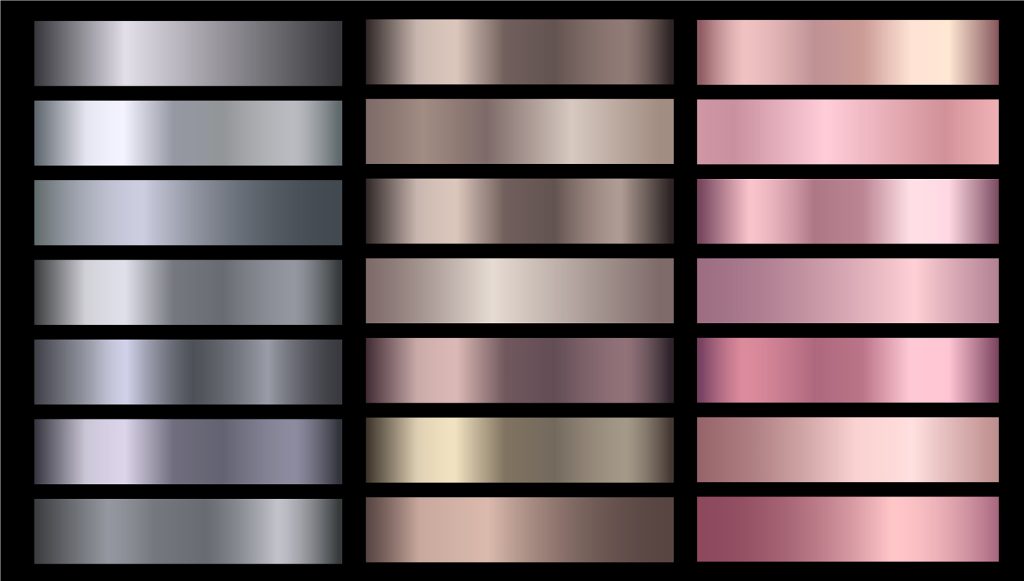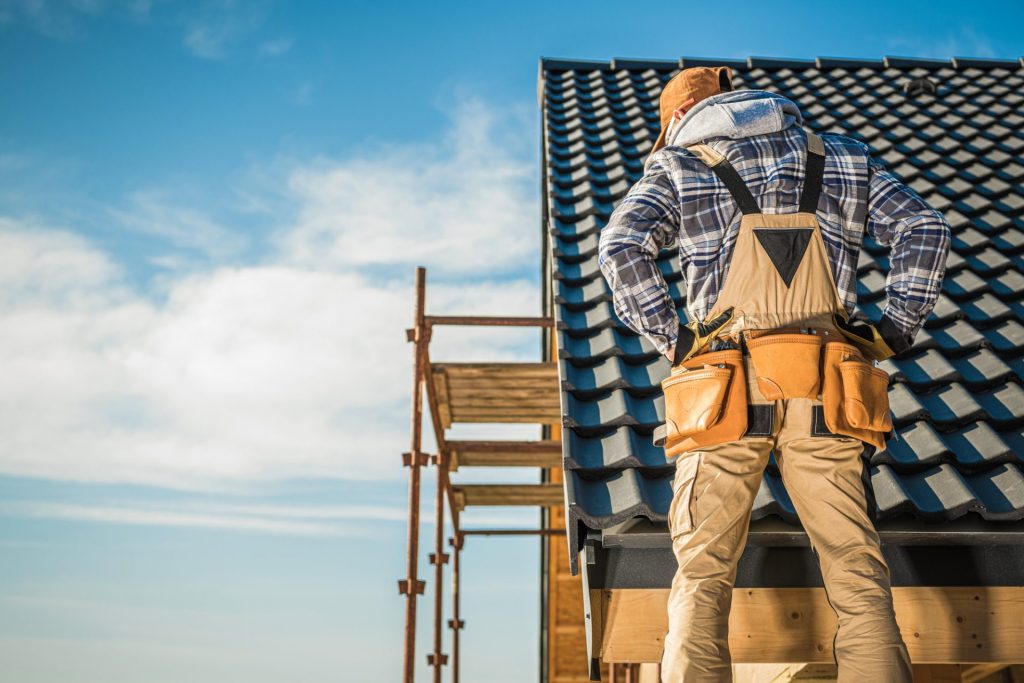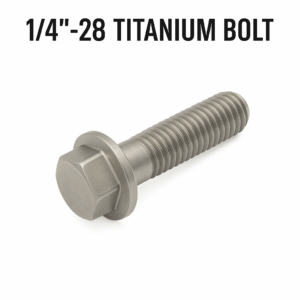Introduction: Why Stainless Steel Matters
Stainless steel is one of the most versatile and widely used materials in modern industry and daily life. From kitchen utensils to skyscrapers, from surgical instruments to aircraft components, stainless steel is everywhere. Its remarkable combination of corrosion resistance, mechanical strength, and aesthetic appeal makes it a preferred choice across countless fields. But not all stainless steels are the same—different series have distinct characteristics tailored to specific uses.
Classification of Stainless Steel
Stainless steel is generally classified according to its metallographic structure and alloy composition. The five major series include:
-
Austenitic stainless steel
-
Ferritic stainless steel
-
Martensitic stainless steel
-
Duplex stainless steel
-
Precipitation-hardening stainless steel
Austenitic Stainless Steel
Characteristics:
-
Non-magnetic in annealed condition
-
Excellent corrosion resistance
-
Good formability and weldability
-
Not hardenable by heat treatment, but can be strengthened by cold working
Common grades: 304, 316, 321, 310
Anwendungen: Kitchen equipment, food processing machinery, chemical plants, architectural facades, medical instruments.
304 is the most widely used general-purpose stainless steel, while 316, with added molybdenum, performs better in marine and chemical environments.
Ferritic Stainless Steel
Characteristics:
-
Magnetic
-
Moderate corrosion resistance, lower than austenitic types
-
Low carbon content, good resistance to stress corrosion cracking
-
Cannot be hardened by heat treatment
Common grades: 409, 430, 446
Anwendungen: Automotive exhaust systems, home appliances, decorative trims, and industrial equipment.
Ferritic stainless steels are cost-effective alternatives where extreme corrosion resistance is not required.
Martensitic Stainless Steel
Characteristics:
-
Magnetic
-
High strength and hardness after heat treatment
-
Moderate corrosion resistance
-
Less ductile and tougher to weld
Common grades: 410, 420, 431
Anwendungen: Cutlery, surgical instruments, turbine blades, bearings, and valve components.
Martensitic steels are ideal when wear resistance and mechanical strength are more critical than corrosion resistance.
Duplex Stainless Steel
Characteristics:
-
Mixed microstructure of austenite and ferrite (roughly 50:50)
-
Higher strength than austenitic or ferritic steels alone
-
Excellent resistance to stress corrosion cracking and pitting
-
Moderate weldability
Common grades: 2205, 2507
Anwendungen: Oil and gas pipelines, chemical processing equipment, desalination plants, marine applications.
Duplex steels balance strength, corrosion resistance, and cost, making them increasingly popular in demanding industries.
Precipitation-Hardening Stainless Steel
Characteristics:
-
Can be hardened by precipitation (aging) treatment
-
Combines high strength, good corrosion resistance, and relatively easy machinability
-
More expensive due to alloy content and processing
Common grades: 17-4PH, 15-5PH
Anwendungen: Aerospace components, nuclear industry parts, high-performance mechanical systems.
These steels are used in applications where both extreme strength and resistance to harsh environments are required.
Comparative Overview
| Series | Strength | Korrosionsbeständigkeit | Magnetism | Anwendungen |
|---|---|---|---|---|
| Austenitic | Mittel | Ausgezeichnet | Non-magnetic | Food, medical, architecture |
| Ferritic | Medium-low | Mäßig | Magnetic | Automotive, appliances |
| Martensitic | Hoch | Mäßig | Magnetic | Tools, turbines, cutlery |
| Duplex | Hoch | Ausgezeichnet | Partially magnetic | Oil, chemical, marine |
| Precipitation-hardening | Very high | Ausgezeichnet | Magnetic | Aerospace, nuclear |
Future Trends in Stainless Steel
With the rise of renewable energy, electric vehicles, and green construction, stainless steel continues to evolve. Research focuses on:
-
Higher corrosion resistance for offshore and chemical industries
-
Lightweight alloys for transportation efficiency
-
Sustainability, through recycling and low-carbon production methods
-
Advanced manufacturing, including 3D printing of stainless steel components
Schlussfolgerung
Stainless steel is not a single material but a family of alloys designed for specific environments and performance requirements. Whether it’s the versatile 304 in your kitchen, the durable 316 in marine structures, or the powerful 17-4PH in aircraft, each type plays a unique role in modern life. Understanding these series helps engineers, designers, and consumers make informed choices, ensuring both performance and longevity.





